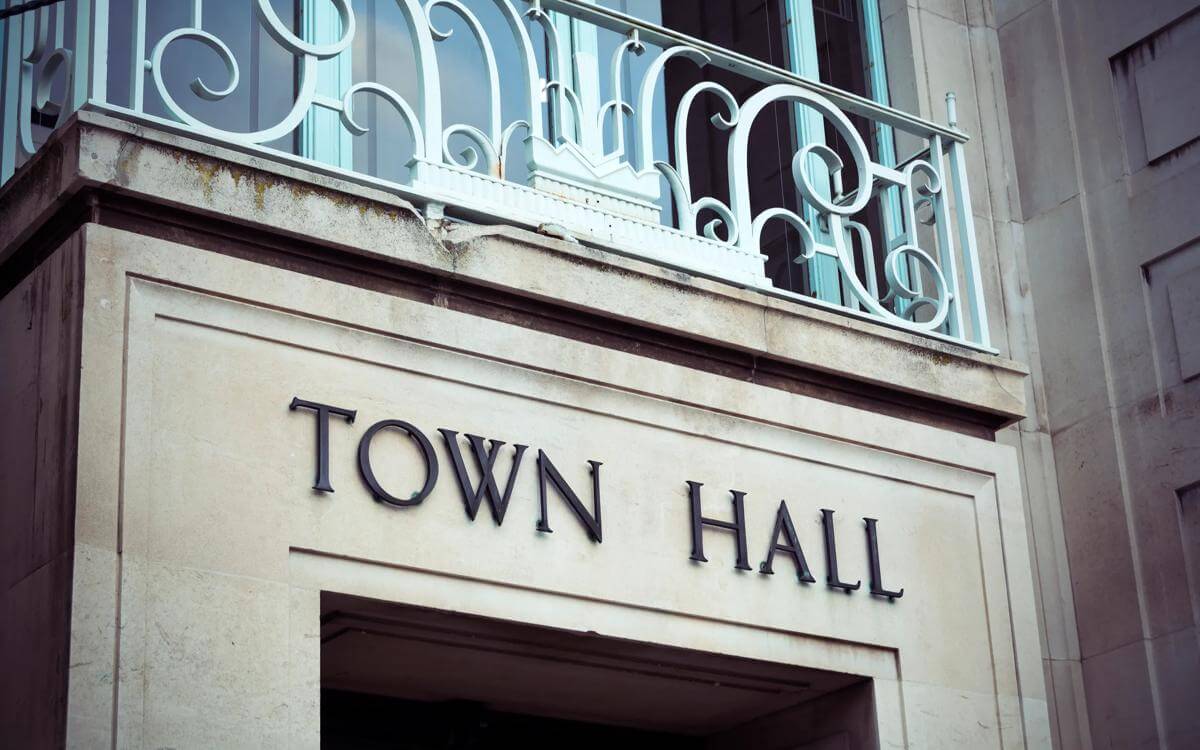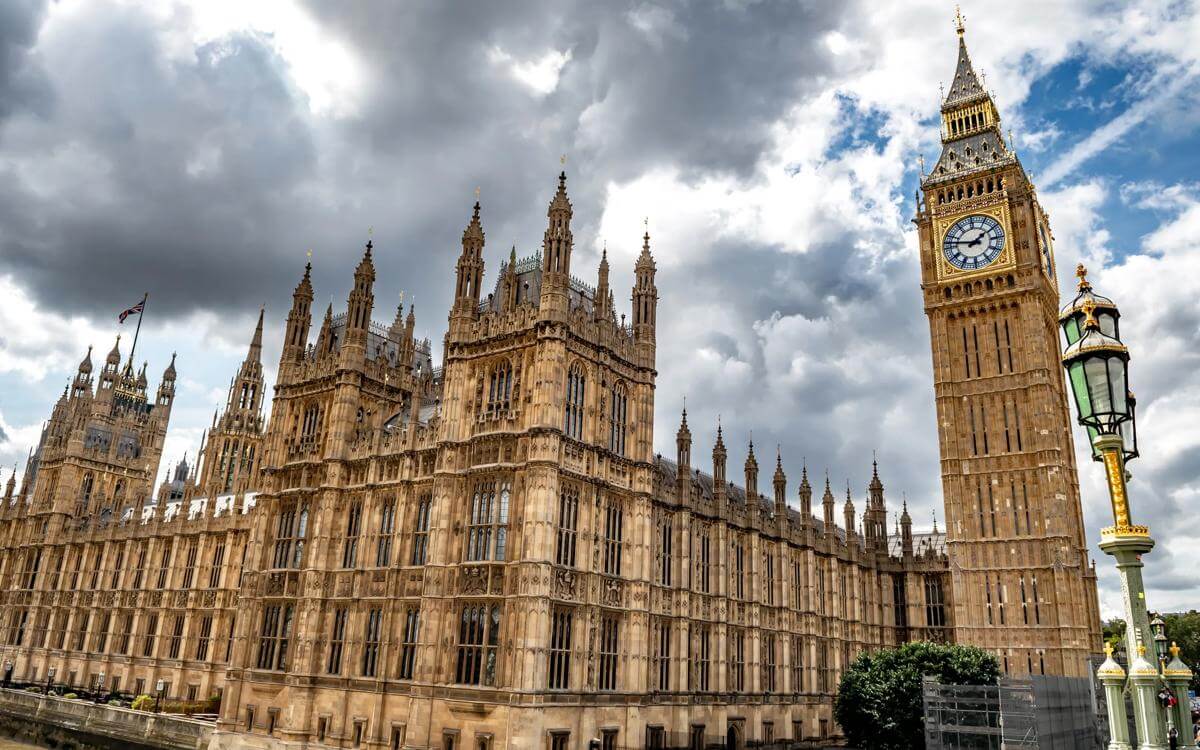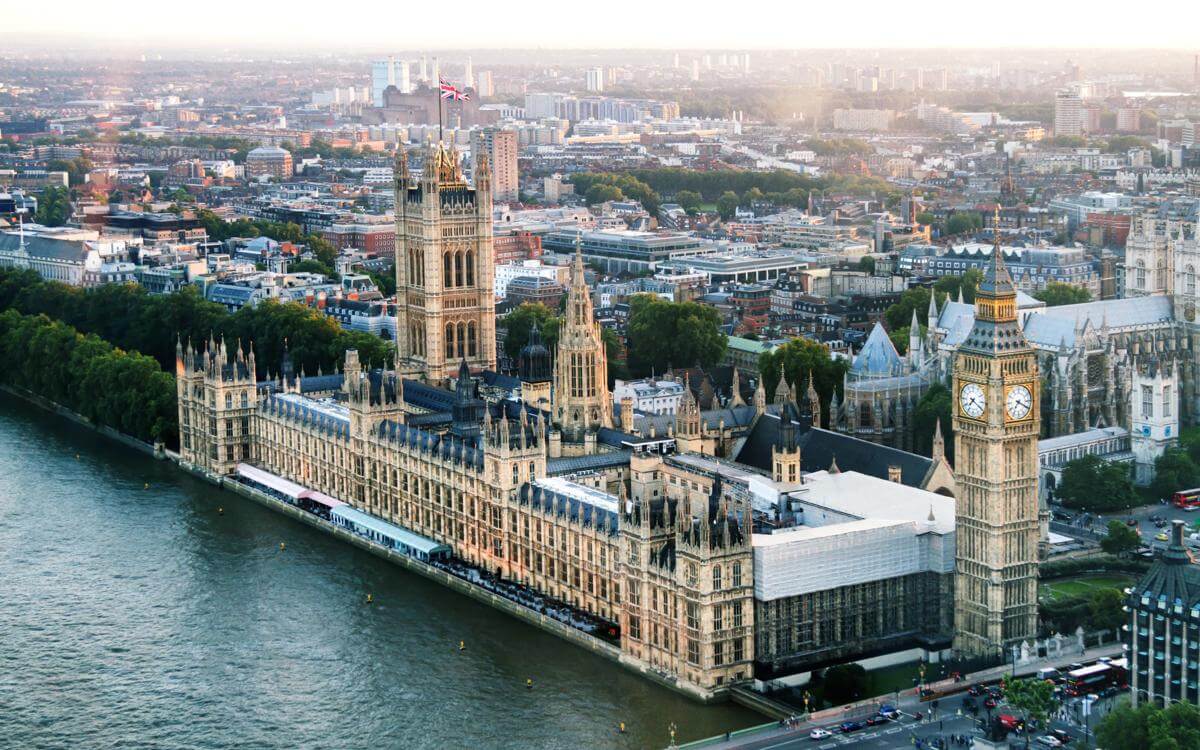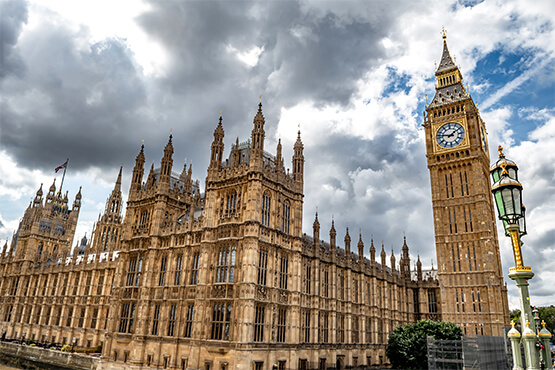Subsidy Control Bill: Subsidies of Interest and Particular Interest
The Subsidy Control Bill (Bill) is expected to pass into law shortly – it is currently going through the final stages of the parliamentary process.
Consultation on ‘Subsidies or Schemes of Interest’ and ‘Subsidies or Schemes of Particular Interest’
The Subsidy Control Bill (Bill) is expected to pass into law shortly – it is currently going through the final stages of the parliamentary process. One of the new concepts public authorities will need to be aware of under the new regime brought in by the Bill is ‘Subsidies or Schemes of Interest’ (SSoI) and ‘Subsidies or Schemes of Particular Interest’ (SSoPI). These are subsidies or subsidy schemes that are more likely to cause negative effects on competition and/or investment, whether within the UK internal market or with the UK’s international trading partners. These subsidies and schemes may be subject to additional scrutiny before they can be granted, and the Government is currently consulting on the approach to them under the new regime.
Public authorities intending to grant an SSoI or SSoPI will be encouraged to carry out a more in-depth initial analysis of the subsidy or scheme’s consistency with the subsidy control principles, and guidance will be made available to support with this (although at the time of writing it has not yet been published). A new Subsidy Advice Unit (SAU) will be established by the Bill. The SAU will sit within the Competition and Markets Authority (CMA) and will review the assessments carried out by public authorities against the subsidy control principles and, where relevant, make recommendations on how to improve those assessments or better design the subsidy/scheme. Public authorities must refer SSoPIs to the SAU for review before they can be granted, whereas for SSoIs public authorities will be able to voluntarily refer the subsidy for assessment by the SAU (although making such a referral will be encouraged). However, the SAU will use its own discretion in determining whether to carry out a review of the relevant SSoI. The report of the SAU will be non-binding.
The consultation includes a set of draft regulations which set out the Government’s proposed definitions for SSoIs and SSoPIs. These should be read alongside the consultation documents. Guidance to public authorities will be produced following the outcome of the consultation to help explain how to determine whether a subsidy or scheme is an SSoI or SSoPI.
The Government has sought to develop clear and easy thresholds for public authorities to apply, designed to only capture those subsidies or schemes that may or can be assumed to pose a substantial risk of negative effects on domestic trade and competition or international trade and investment. The criteria for SSoIs and SSoPIs are based on value thresholds, and ‘category’ based criteria including criteria relating to the sector or market in which the subsidy is granted and the characteristics of the subsidy itself.
Thresholds for SSoI/SSoPI
The proposed thresholds for SSoI/SSoPI are detailed in the consultation documents and set out below:
- All subsidies between £5m and £10m which do not fall within SSoPI definition;
- Subsidies with particular design features which mean that the subsidy is more likely to distort competition. The full detail of this has not yet been published but is likely to include evidence of a subsidy race between public authorities, repeated subsidies to the same recipient, subsidies granted without competition, and subsidies which are granted towards an ongoing activity of a recipient;
- All subsidies for rescuing ailing or insolvent enterprises.
Subsidies of Particular Interest
- All subsidies that concern a sensitive sector in excess of £5m (see the draft regulations for further information on what amounts to a sensitive sector);
- All subsidies regardless of sector in excess of £10m;
- All subsidies for restructuring ailing or insolvent enterprises.
Schemes of Interest/Particular Interest
As regards subsidy schemes, where a scheme would allow an in-scheme subsidy award that meets the definition of a SSoPI then the scheme itself will be an SSoPI. Where a scheme would allow an in-scheme subsidy award that meets the definition of an SSoI, the scheme will be an SSoI. This means that where a scheme is designed to permit subsidy awards of over £10m, then the scheme will be an SSoPI.
Consultation
We would encourage all public authorities to review and engage with the consultation documents, which provide more in-depth information on the proposed thresholds for SSoIs and SSoPIs, and the consultation questions. As we set out in this article, the categorisation of a subsidy as SSoI/SSoPI is of real interest to public authorities who may be granting them. Authorities will need to understand when a subsidy or scheme must be referred to the SAU for consideration, and when they have the option to do so. It appears that the proposed financial thresholds are likely to capture a wide range of subsidies regularly given by public authorities – the £5m SSoI financial threshold is relatively low and may mean that public authorities refer many routine subsidies to the SAU. This of course may have the benefit of greater certainty for granting authorities whose subsidies have been subject to scrutiny by the SAU, but it may also diminish the perceived flexibilities of the new regime and slow down the process of granting what are routine subsidies.
If you wish to respond to the consultation, you will need to do so by 11.45pm on 6 May 2022.
Contact

Angelica Hymers
Principal Associate
angelica.hymers@brownejacobson.com
+44 (0)115 976 6092








































